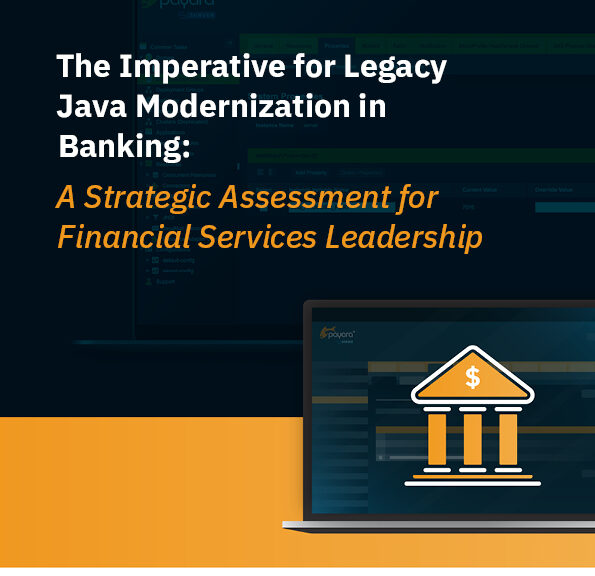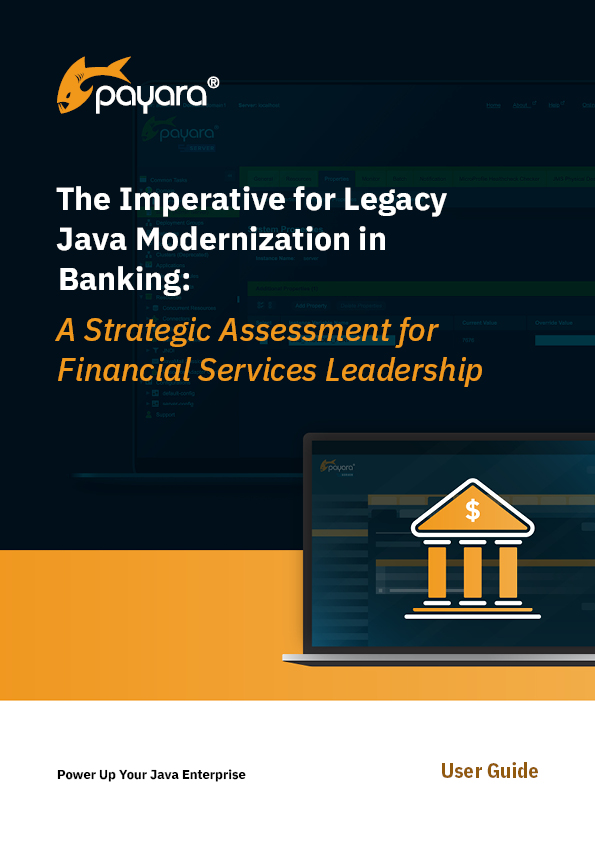 3 minutes
3 minutes
End-of-Life Technology: How to Drive Innovation Without Compromising Stability
When legacy systems approach end-of-life (EOL), enterprise IT teams typically face the choice of moving forward at all costs […]

The numbers are staggering. Banking institutions spend 87% of IT budgets on legacy system maintenance while fintech competitors deliver new features in weeks, not months. By 2028, the sector faces $57 billion annually just keeping outdated systems running.
Nearly half of banking applications still run on Java 8—released in 2014. The consequences are severe:
Meanwhile, 55% of banks cite legacy systems as their primary transformation barrier.
Traditional banks need 4-6 months for new features. Fintech competitors? 2-4 weeks.
This speed advantage translates to market dominance: fintech is projected to grow 3x faster than traditional banking through 2028, while 83% of customers expect omnichannel experiences that legacy systems can’t deliver.
ING Bank migrated 1.5 million lines of COBOL to Java in 18 months, achieving substantial cost reduction and improved scalability.
McKinsey research shows banks following proven modernization principles achieve:
Progressive modernization using the Strangler Fig pattern enables gradual replacement while maintaining operations. Modern Java platforms like enterprise Jakarta EE solutions provide flexible deployment options supporting incremental transformation.
The banks that start modernizing today gain competitive advantage. Those that wait face mounting costs and diminishing options.

Ready for the complete strategy? Our Executive Brief: The Imperative for Legacy Java Modernization in Banking provides detailed ROI analysis, implementation roadmaps, risk mitigation strategies, and proven case studies that banking leaders need to execute successful transformations. You can also watch a playback of an executive webinar on the same subject here.
Download User Guide 3 minutes
3 minutes
When legacy systems approach end-of-life (EOL), enterprise IT teams typically face the choice of moving forward at all costs […]
 5 minutes
5 minutes
November has been one of the busiest months of the year for the Java and Jakarta EE ecosystem. With […]
 3 minutes
3 minutes
Working with enterprise Java databases can sometimes feel like swimming upstream. Jakarta EE 11’s Jakarta Data helps developers glide […]